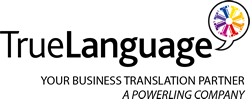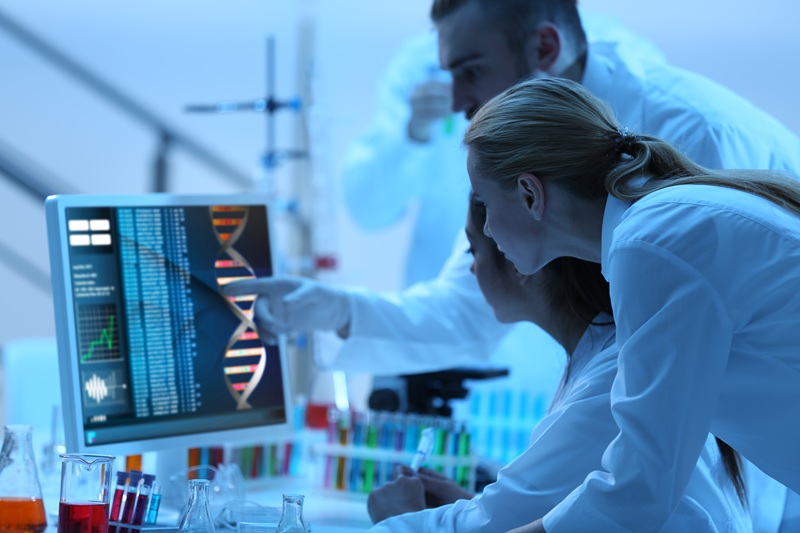In the fields of science and medicine, where accuracy is critical and misunderstandings can have serious consequences, the role of context in translation cannot be minimized. Unlike general translation, scientific and medical translations require precise terminology, an understanding of specialized jargon, and an appreciation for the cultural and regulatory nuances that shape how medical and scientific information is conveyed. A failure to consider context can lead to errors that affect patient care, regulatory approval, or scientific collaboration.
This article explores why context matters in scientific and medical translations and how professional linguists ensure that meaning is preserved across languages.
Why Context Is Critical in Scientific and Medical Translations
- Terminology Variability Across Fields
Scientific and medical terms often have multiple meanings depending on their context. For example, the term “solution” in chemistry refers to a homogeneous mixture, whereas in a medical setting, it may describe a liquid preparation for intravenous administration. Similarly, “lesion” in dermatology might refer to a visible skin abnormality, but in radiology, it could indicate a structural change detected via imaging.
A translator working in these fields must not only be familiar with terminology but also be able to determine its intended meaning based on surrounding text, audience, and purpose. Without this nuanced understanding, mistranslations can occur, leading to misinterpretation of scientific findings or medical instructions.
- The Importance of Regulatory and Legal Context
Medical and pharmaceutical translations must adhere to strict regulatory standards set by organizations like the U.S. Food and Drug Administration (FDA), the European Medicines Agency (EMA), and other international health authorities. Each regulatory body has specific language requirements for product labeling, clinical trial documentation, and patient information leaflets.
For example, the term “adverse event” has a precise definition in clinical trials, distinguishing between mild, moderate, and severe reactions. Misinterpreting these terms could result in regulatory non-compliance, delays in drug approvals, or even legal liability.
Professional translators specializing in scientific and medical fields are trained to navigate these regulatory frameworks, ensuring that translations comply with all legal and safety requirements.
- Cultural and Linguistic Considerations
Medical communication varies widely from one culture to another. In some cultures, direct communication about a medical prognosis is expected, whereas in others, information may be conveyed more sensitively or indirectly. Additionally, the same medical term may be understood differently in different regions.
For instance, “hypertension” in English is widely understood as high blood pressure, but in some Spanish-speaking regions, “hipertensión” can sometimes be confused with stress-related conditions rather than cardiovascular disease. Translators must be mindful of such variations to prevent confusion among patients and healthcare providers.
- The Role of Context in Scientific Research Translations
Scientific research relies on precision, with data often presented in tables, charts, and complex technical descriptions. A poorly translated research paper can lead to misinterpretations of results, affecting global collaboration and scientific integrity.
Consider the translation of an academic study on “gene expression.” In English, this term refers to the process by which genetic instructions are used to synthesize proteins. However, a literal translation might not adequately convey this concept in another language if the scientific terminology differs. Skilled translators use their knowledge of the field to ensure that the intended meaning is accurately conveyed.
Best Practices for Context-Aware Medical and Scientific Translations
- Collaboration with Subject Matter Experts (SMEs)
Professional translation companies, such as TrueLanguage, work with experienced medical and scientific professionals to verify terminology and contextual accuracy. This collaboration ensures that complex concepts are translated correctly.
- Use of Translation Memory and Glossaries
Maintaining a database of approved terms and phrases helps ensure consistency across documents. Tools like translation memory software store previously translated phrases, allowing for uniform terminology usage while considering contextual nuances.
- Adapting to Audience Needs
A translation intended for medical professionals will differ from one meant for patients. Scientific papers require technical precision, whereas patient-facing materials must be clear, accessible, and culturally appropriate. A skilled translator adjusts their approach based on the target audience.
- Compliance with Industry Standards
Accurate translations must meet industry standards, such as ISO 17100 for translation services and ISO 13485 for medical device documentation. Compliance ensures that translations are high quality and fit for regulatory submission.
The Need for Professional Expertise in Scientific and Medical Translations
Context is the foundation of accuracy in scientific and medical translations. Whether translating research findings, clinical trial documents, or pharmaceutical instructions, understanding the broader meaning behind words is crucial for ensuring clarity, compliance, and safety.
At TrueLanguage, we specialize in delivering precise, context-aware translations tailored to the medical and scientific industries. Our expert linguists and subject matter specialists ensure that every translation meets the highest standards of accuracy and regulatory compliance.
Need reliable medical or scientific translations? Contact TrueLanguage today to discuss your project.


